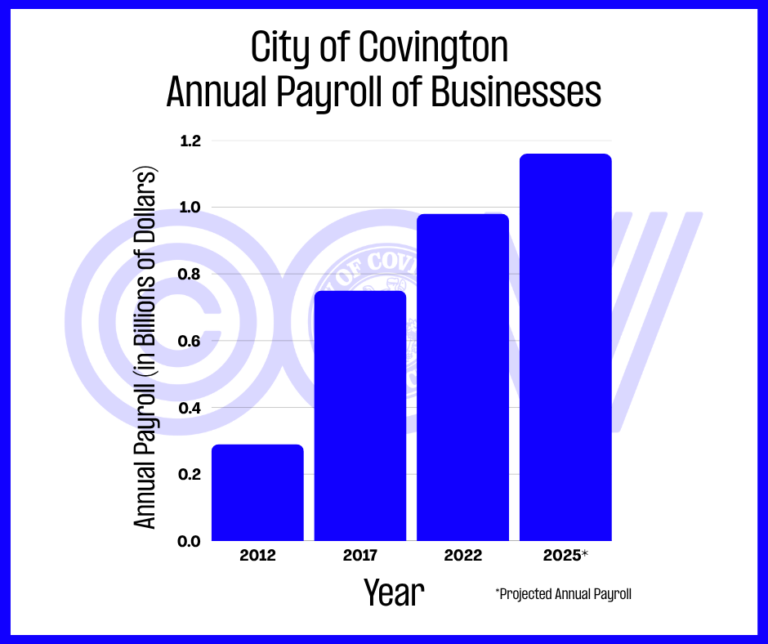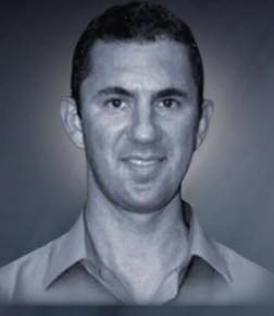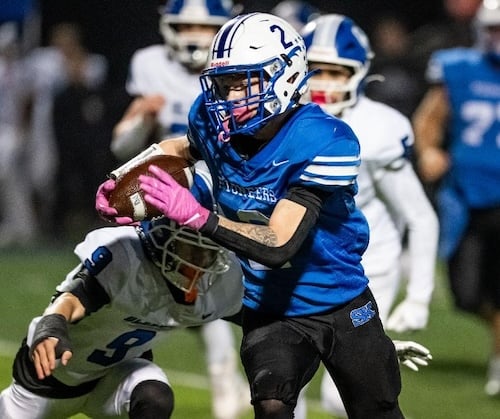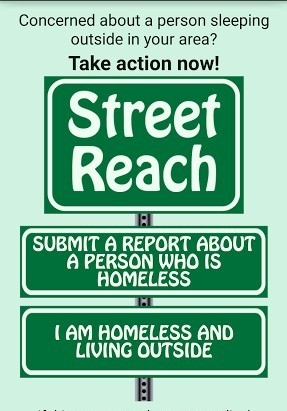By Vicki Prichard
NKyTribune Reporter
Thanks to a talented and caring team at Northern Kentucky University, there is now an easy-to-use, high-tech tool that makes it easy to let Cincinnati outreach services know when there is someone huddling in a doorway or bus shelter, seeking warmth from winter’s bitter temperatures.
The Street Reach app is the only one of its kind in the United States, and it offers an efficient way to help get homeless people off the street and into shelter.
In England, between December 2012 and November 2015, there were 37,186 referrals passed on to local authorities and outreach teams from the public to alert them to “rough sleepers,” or homeless individuals, through the Street Link telephone line, website and mobile apps.

“The application is very similar to what is being done in the United Kingdom, and they’ve had it for the last four or five years,” says Rachel Winters of NKU.
Winters, a professor of social work and former director of the Emergency Shelter of NKY, came up with the idea to create Street Reach.
NKU students Justin Hill, a developer in the Center for Applied Informatics, and Brittney Kane, who is pursuing a master’s in social work, led the Street Reach project.
“I took the idea from Street Link and I went to see the head of the Center for Applied Informatics, Tim Ferguson,” says Winters. “I went over there, and I felt like I was at ‘Shark Tank,’ and all I had was the United Kingdom website and had kind of created some slides of what I thought he could envision. He liked the idea and I was passed on to a project manager who put me with Justin, the student developer. As soon as I got the student developer it was so fast.”
Winters points out that Hill could choose the app project he wanted to work on and specifically chose Street Reach because he thought it could actually “do something larger.”
Hill says he was proud of working on the app and tries to spread the word to those it might help.
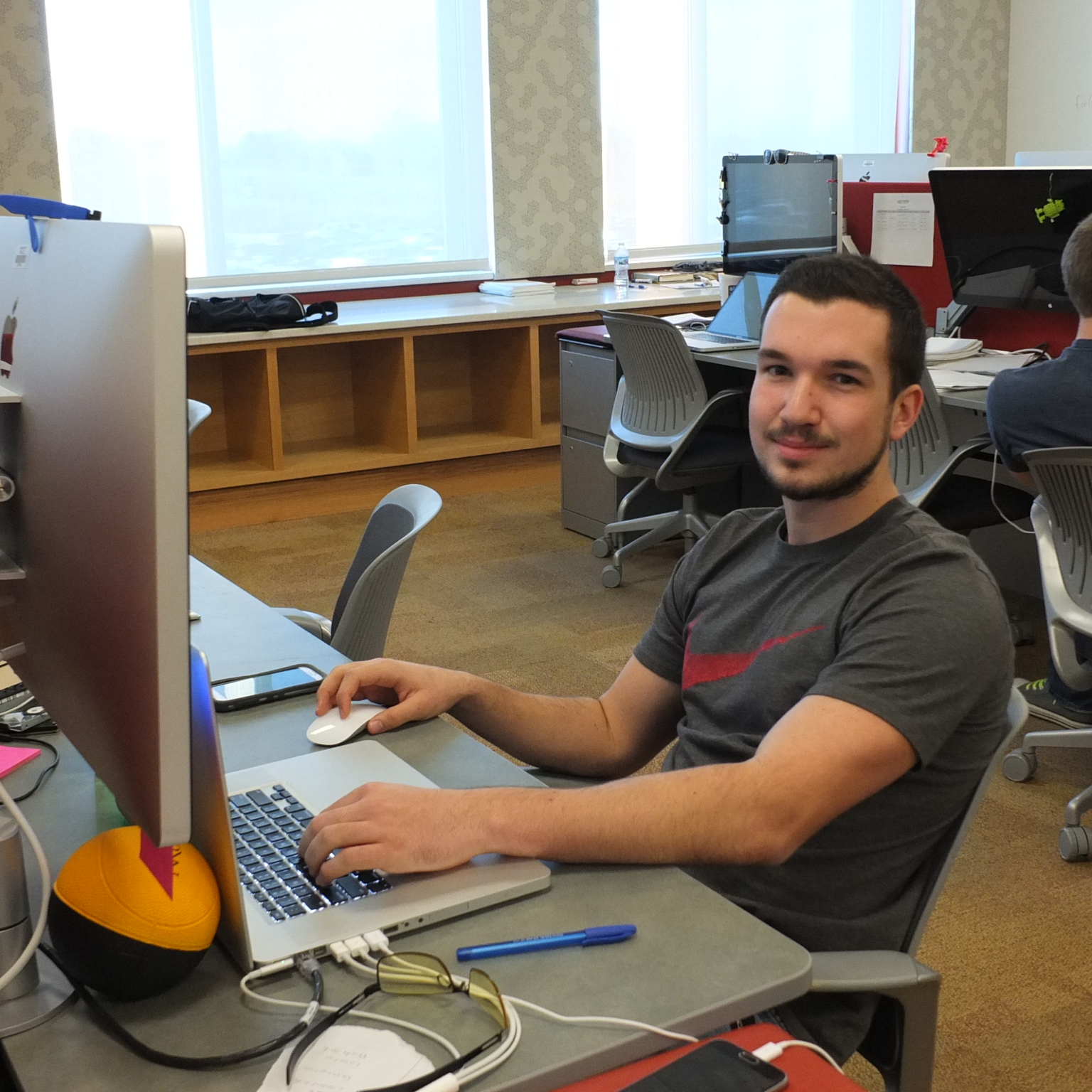
“The United Kingdom has a national system, and I’m hoping Street Reach will actually get to be part of a national system where there is this sort of portal that you can call, email, use the app, and it’s an entire system,” Hill said.
Currently, the Street Reach app is in the first stage of development, says Winters. The second state will be for IOS users and a database. England’s Street Link website has a map that indicates exactly, and how many, incidents of someone living outside — even down to the smallest burrough — have been reported.
“The neat thing about that is that it allows you to see where people really need help,” says Winters. “So, what I envision, let’s just say, Cincinnati, if Cincinnati has a ton of reports in Northside, and maybe in the dead of winter, you can look at Northside and see if there’s a church willing to open a cold weather shelter.”
There is currently an overflow shelter in Cincinnati that serves 200 people, but it fills up generally every winter. Winters said the best scenario would be if a kid, 17 or 18, finds himself outside for whatever reason, he wouldn’t have to travel two miles by foot to get downtown to Queensgate and it would help determine how to bring services to people faster.
Winters believes that Street Reach can also ultimately have an impact on service delivery.
“The United Kingdom has a national system, and I’m hoping Street Reach will actually get to be part of a national system where there is this sort of portal that you can call, email, use the app, and it’s an entire system,” Justin Hill, NKU student and developer of the Street Reach app.
“One of the things we’ve been hearing from police officers and service personnel downtown is the great frustration that they are seeing more people who are living outside, despite statistics,” says Winters. “One of the frustrations is that the national government has said we do this street count January 28 or 29 each year, in the dead of winter and most places do have a cold weather shelter, so there are 200 people in the building that don’t get counted as on the street and homeless. They get counted as homeless in the shelter, which is great.
“April 1st comes around and where do you think those people are? They’re back on the street, so the overflow shelter in Cincinnati is really a newer concept. Covington has the Emergency Cold Shelter, that was actually the model for Cincinnati. They came to us to find out how we ran things.”
Winters says many will ask, “Why are these people still on the street?” The answer, she says, is that they’re mentally ill.
“They’re not out there because they want to be,” says Winters. “One of the things we’re hoping to do is bring the public in to the conversation to say, ‘What are we not doing? How can we improve service delivery? Do we need to provide more mental health to them? If somebody is not doing well, do we really need to bring them to an assessment team?’”
One reason that service has been missing, Winters said, because the public just doesn’t understand homelessness.
“They just see someone on the street and they usually say a couple of different things: ‘They want to be out of here because they can’t handle thinking about it,’” she said. “Or, you go to the level of blaming the person who is homeless, or there’s the person who gets mad about the system. ‘Keep my eyes on the sidewalk, don’t look to the left, to the right, cross the street, avoid downtown.””
To spread the word about Street Reach to the public, Winters has taken her social work students out on the streets to pass out socks, and cards that provide information about Street Reach.
“Some of my students hadn’t been through Cincinnati — they had not had feet on the ground,” says Winters.
According to the Greater Cincinnati Homeless Coalition, approximately 25,000 people experience homelessness each year. The top reasons individuals report homelessness in the area are lack of affordable housing and loss of income.
Twelve percent of homeless women in Cincinnati are homeless as a result of domestic violence. Sixty percent of homeless men, and 45 percent of homeless women, work and 60 percent of homeless men and 49 percent of homeless women are high school graduates.
Nearly five percent of men and four percent of homeless women have college degrees.
The reason Street Reach identifies Cincinnati neighborhoods as opposed to Northern Kentucky neighborhoods — which is Winters’ “turf” from her years of work in Northern Kentucky social services — is because Northern Kentucky does not have an outreach team, she says.
“There’s just not any personnel that their main job is to go out and meet with people and do that, but there have been some changes,” says Winters. “So, I focused on Cincinnati because they have a team in place.”
Street Reach is a partnership between NKU’s Center for Applied Informatics, College of Education and Human Services, Strategies to End Homelessness, and other outreach and service agencies.
The Street Reach app is user friendly. Individuals simply open the app, which uses location-based technology to automatically identify where the report is submitted.
The user enters details such as the individual’s approximate age, race and gender, then clicks send.
The report is then emailed to Strategies to End Homelessness, which sends an outreach worker to make contact with the homeless individual.
The free app is available in the Android store. A web-based version is also available online here .











